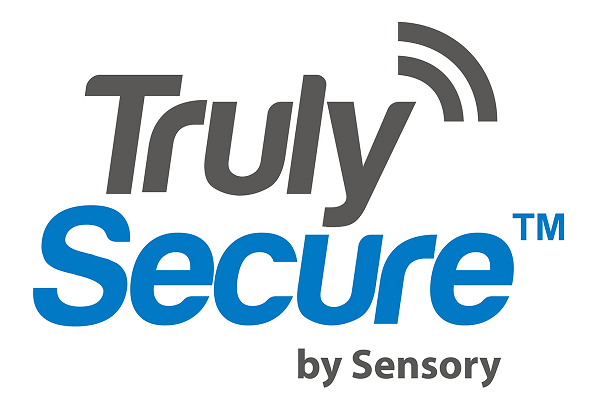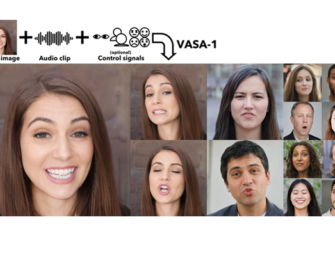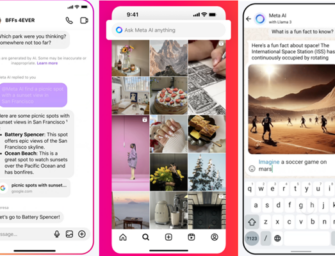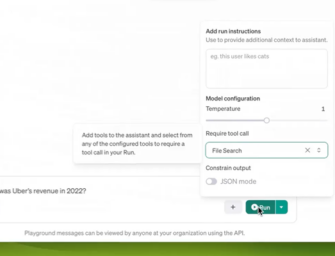Sensory Debuts New Combo Face and Voice ID Platform, Adds Cough and Sneeze Detection
 Artificial intelligence and speech tech developer Sensory has debuted a new biometrics platform combining vocal and facial recognition. The new TrulySecure system is designed to help accommodate people during the current health crisis and after while people are wearing masks.
Artificial intelligence and speech tech developer Sensory has debuted a new biometrics platform combining vocal and facial recognition. The new TrulySecure system is designed to help accommodate people during the current health crisis and after while people are wearing masks.
Sound and Light
Facial recognition technology relies on being able to see someone’s face. That’s tough to do when wearing a mask that can’t be removed in public. Unlocking a smartphone is tough under those conditions. Voice recognition is a useful alternative in some cases, but crowds and noise, not to mention the potential muffling effects of a mask, limit its effectiveness sometimes as well. As a way of augmenting both types of biometrics, Sensory’s new platform merges voice recognition and facial recognition into one software development kit. Voice biometrics can help make up for a partly obscured face, and the top half of a head can identify someone whose voice is hard for an AI to parse when it’s loud.
“Fusion like this is important in our era of COVID-19 when people are using masks,” Sensory CEO Todd Mozer told Voicebot in an interview. “There’s a large base of users already using biometrics. Banks and credit cards use it, and it’s already pretty widely deployed.
Mozer pointed out that audio and facial recognition both have to deal with noise. For voice, that means literal noise, while for facial authentication, it’s usually a matter of not enough light. Because biometric technology developers are worried about someone unlocking a phone or other tech who shouldn’t be able to, there’s a tendency toward more false rejections of legitimate users. Sensory’s new tech works around that problem by using both sources of identity.
“By layering [the biometrics we can reduce false accepts without adding false rejects,” Mozer said. “We can offer one or the other or combine [both] for different noise conditions. I’m a big believer that layered biometrics are the right approach.”
Sneeze SDK
In addition to the TrulySecure software, Sensory updated its Sound ID services in other ways. The audio software can now perform speech recognition in two forms. The user can either say anything they choose, with the AI identifying them by sound alone, or the manufacturer can pick a certain phrase or set of phrases that the user has to say to identify themselves. Sensory also gave Sound ID the ability to note when people are sneezing or coughing. The idea is that the AI can listen for when people cough or sneeze and that data, anonymized, can be useful for municipalities working to gather health data statistics, or for businesses who want to make sure people in their store or office are not making other people sick. It could even be used by an individual if they are concerned they are coughing more than usual but don’t want to actually count every time it happens.
“We got into the voice and face SDK first, but then decided to create a more full-featured SDK for voice-only, like the ability to do text-independent and dependant speech recognition,” Mozer said. The [coughing and sneezing SDK] is going to be more for big picture things. It’s useful on a larger scale.”
Follow @voicebotai Follow @erichschwartz








